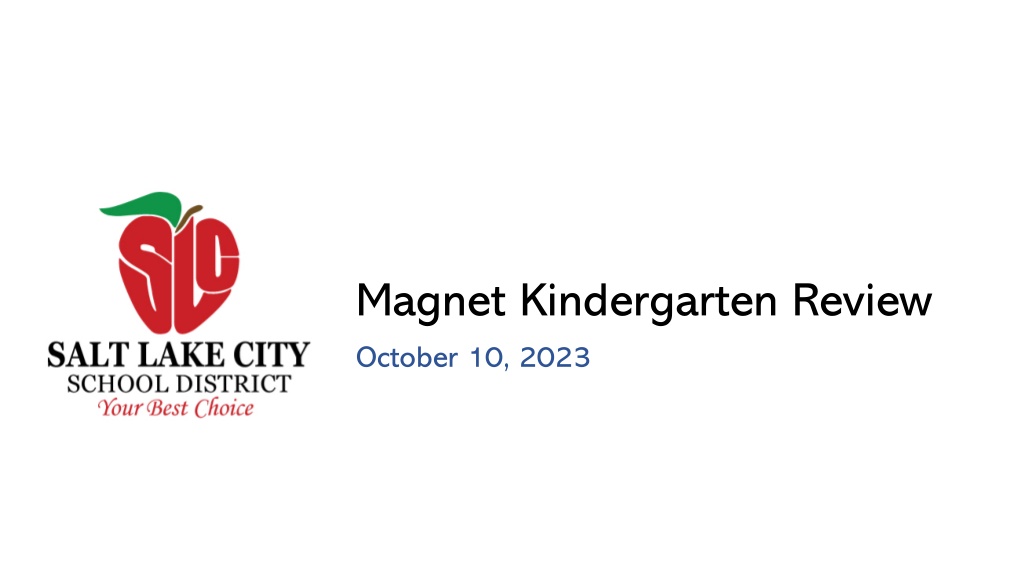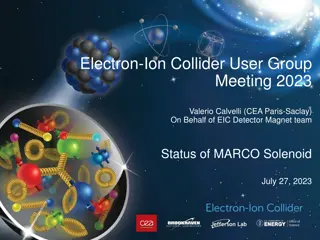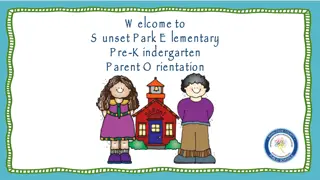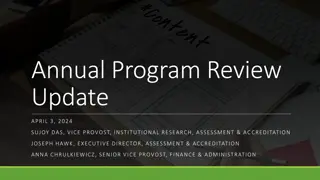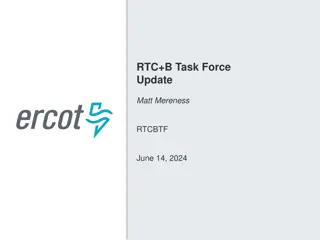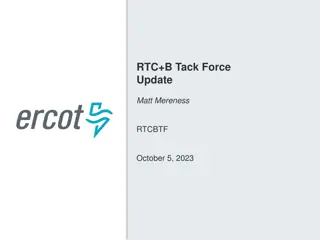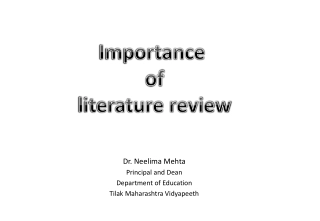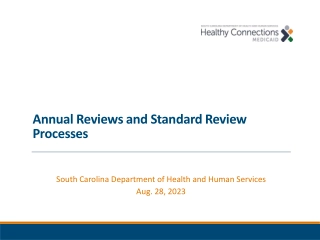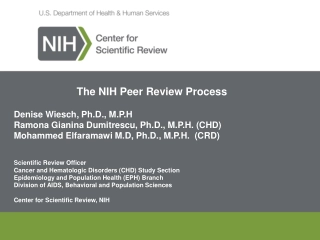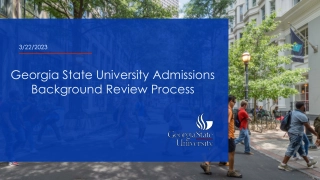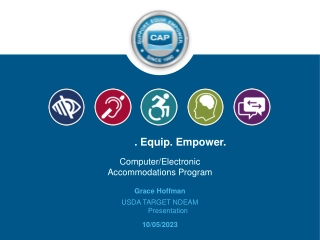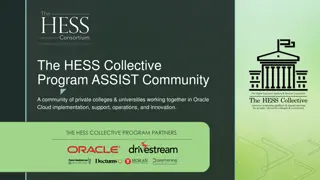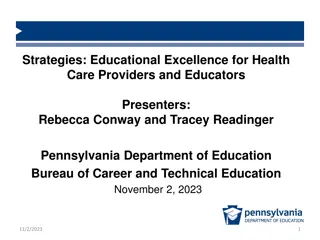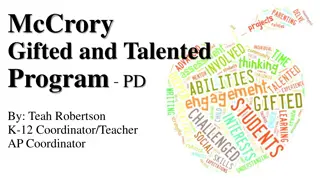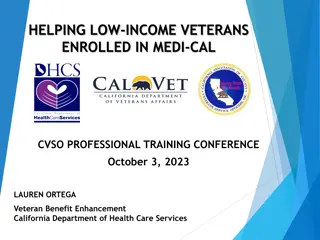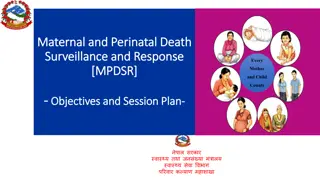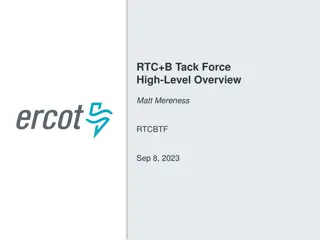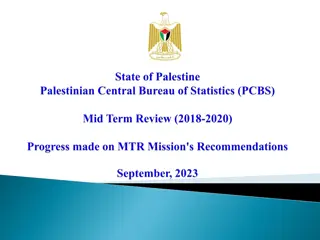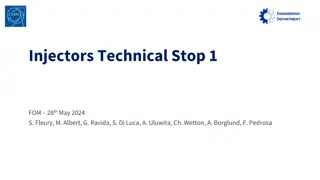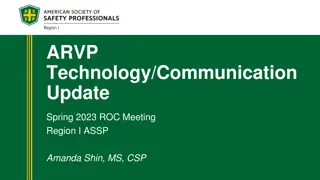Magnet Kindergarten Program Review and Discussion
The Magnet Kindergarten program faces challenges with assessing young children for enrollment. Short-term solutions include addressing barriers such as hidden assessments and difficulty in recruiting Pre-K students. Research emphasizes skill development and targeted supports for gifted kindergarteners. The discussion revolves around the return on investment for the Magnet Kindergarten program and considerations for recruitment and retention strategies or offering ELP services instead.
Download Presentation
Please find below an Image/Link to download the presentation.
The content on the website is provided AS IS for your information and personal use only. It may not be sold, licensed, or shared on other websites without obtaining consent from the author. Download presentation by click this link. If you encounter any issues during the download, it is possible that the publisher has removed the file from their server.
Presentation Transcript
Magnet Kindergarten Review October 10, 2023
Program Review & Discussion Magnet Kindergarten Background Kindergarten testing and enrollment has been a historical issue Short-term solutions have been: Barriers include: Hiding the actual assessment (so parents didn t coach their kids) Assessment of Pre-K student ability is very difficult, with the least amount of reliability (CogAT Reliability tables; Daglioglu & Suveren, 2013) Investing a large amount of energy to advertise or recruit for Pre-K assessments It is difficult to advertise to Pre-K parents, especially in under-served populations Having the admittance criteria move each year to fill classrooms no matter how low or high the assessment results that year Assessing children that young is an equity nightmare. Ability is not as measured in comparison to early childhood exposure and access to reading instruction and assessment structures (CogAT manual; Borland, 2004), scores favor older students (Huang, 2015), and will always favor our over-served populations. This school year: blended magnet and non-magnet K classrooms
Program Review & Discussion Magnet Kindergarten Research When young children are the focus, NAGC (2006) has a position paper encourages skill development for all children, with targeted supports based on the manifestation in the moment The goal of gifted education: to prepare students to be exceptional, transformative adults that change the community/ world (Subotnik, Olszewski-Kubilius, & Worrell, 2011) In young children, reading proficiency and language acquisition have not disappeared as a trait, but decreased in focus for gifted identification due to the complicated nature of exposure, access, and ability/potential (Borland, 2004; NAGC, 2015) The most supported strategies to support gifted kindergarteners are independent productive play (Mooji, 1999), grade advancement (Kanevsky & Clelland, 2013), and SEL activities (Papadopoulos, 2020)
Program Review & Discussion Magnet Kindergarten Questions What is the return on investment for magnet kindergarten? Based on our SLCSD data, should we continue having a magnet kindergarten classroom? If we do, what would be the recruitment and retention strategy? If we do not, should we offer ELP services to support kindergarteners?
Program Review & Discussion Magnet Kindergarten SLCSD Data Data: from 2018 to 2023 Is there a difference in kindergarten achievement between students who join magnet in kindergarten versus 1stgrade? o Comparative analysis of Extended KEEP scores of magnet kindergarten students versus students who join magnet in 1stgrade What is the difference in proficiency, and growth, by the end of 2nd and 3rdgrade, between magnet students who joined magnet in kindergarten versus 1stgrade? o Comparative analysis of end of year 2ndgrade Acadience & RISE scores (and growth) between magnet students who joined magnet in kindergarten and those who joined in 1stgrade o Comparative analysis of end of year 3rd grade Acadience & RISE scores (and growth) between magnet students who joined manet in kindergarten and those who joined in 1stgrade
Program Review & Discussion Magnet Kindergarten (SLCSD Data KEEP) KEEP Scores p-value = 0.2548 Interpretation: there is no statistical difference between KEEP scores of those who are in magnet in K versus those who join magnet in 1st
Program Review & Discussion Magnet Kindergarten (SLCSD Data RISE) 2nd grade p-value LA = 0.2932 p-value math = 0.407 3rd grade p-value LA= 0.6011 p-value math < 2.2e-16 Interpretation: There is no statistical difference between those who join magnet in K versus those who join in 1st (besides 3rd grade math)
Program Review & Discussion Magnet Kindergarten (SLCSD Data Acadience) 2nd grade p-value = 0.5041 3rd grade p-value = 0.228 Interpretation: There is no statistical difference between those who join magnet in K versus those who join in 1st
Program Review & Discussion Magnet Kindergarten (SLCSD Data Growth) 2nd grade p-value LA = 0.2232 p-value math = 0.03322 3rd grade p-value LA= 0.05585 p-value math = 0.4478 Interpretation: 2nd grade math has statistical significance, in favor of those who join in 1st. Other than that, no statistical difference between those who join in K and those who join in 1st.
Program Review & Discussion Magnet Kindergarten Recommendations The magnet model, especially for younger students, is not strongly aligned with modern research in gifted education SLCSD data shows that magnet kindergarten has no effect on outcomes as early as in kindergarten Yes, we currently identify enough to fill one classroom. But I feel, based on the full picture, that effort can be better invested in other places Overall: We need to stop recruiting for magnet kindergarten and having magnet kindergarten classrooms.
